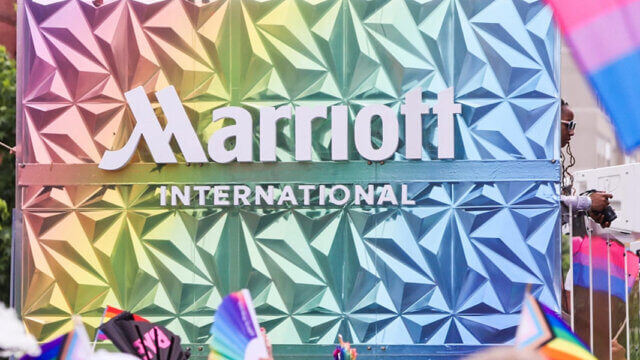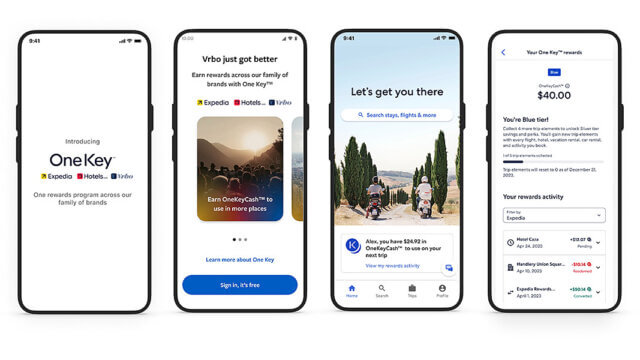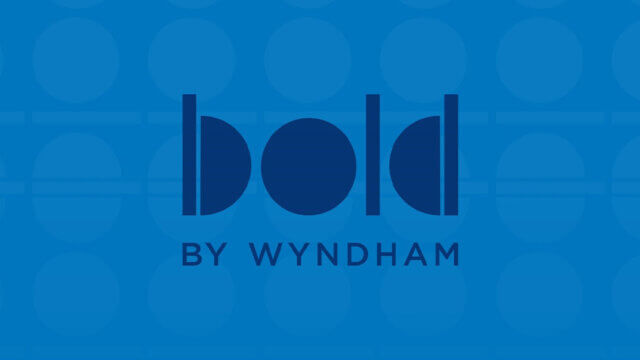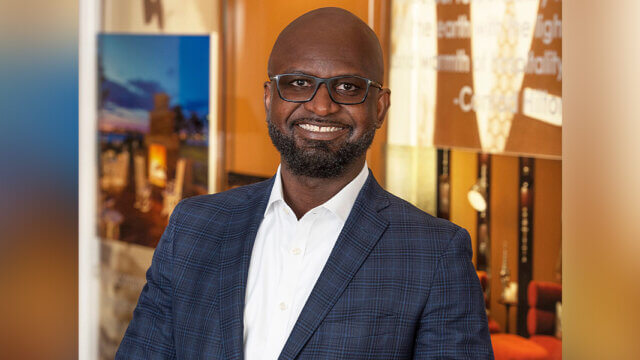NATIONAL REPORT—The COVID-19 outbreak sparked a digital revolution: Working was now at home; meetings were now virtual; and learning was now online. As businesses open their doors and in-person interactions begin to resume, the digital landscape nevertheless has been changed forever. Everything from online campaigns to social media strategies have been altered and have to be approached differently.
Charles Cunningham, group account supervisor for Sparkloft Media, a social-first creative agency, walked Hotel Business through some of the ways hotel leaders should use social media post-COVID. He shared some of the common mistakes hotels can make online, how to avoid them and how to best prepare for the uncertain future.
How has hotels’ approach to social media changed post-COVID?
For the post-COVID consumer, one thing is certain: they’ll continue to adapt to the pandemic’s impact on travel, and that means a shorter booking window, an expectation of flexible booking policies and local travel over interstate or overseas. The pandemic has also been politicized, which we’ve seen reflected in sentiment across brand content.
For social, it has required hotels to use social media to keep travelers up-to-date with the ever-changing landscape and provide a customer service portal.
Additionally, travelers are performing more research than ever into where they’re staying to ensure they’ll feel safe.
In terms of content and media, we’ve seen clients develop creative that reflects the current mask requirements and social distancing environment, as well as investing heavily in targeting to ensure these messages reach the exact target audiences.
How should hotels use social media platforms to keep up communication and inform its employees and guests?
Updating and pinning content is critical to keep followers as up to date as possible. Hotels shouldn’t be afraid to use long-form content to provide information. Details matter.
When it comes to informing employees, a closed Facebook group is a great way to share information and even collect feedback from those workers on the ground. It is recommended to keep employee-facing content away from customer-facing channels.
How should hotels use social to increase engagement? Any creative ideas?
One product of the pandemic has been the growth of creative platforms such as TikTok and Byte, as well as new media offerings from Facebook, Instagram and Connected TV, which provide amazing opportunities for hotels to test new content on new audiences and diversify their media spend.
It’s also important for content to reflect the world we live in, showing PPE, social distancing, cleaning precautions and diversity, to realistically represent a guest’s potential experience during their stay.
What are some social media challenges you’re predicting for the rest of this year and going into 2021? How should hotel leaders plan to deal with these?
Traditional travel marketing no longer applies due to the ever-changing COVID landscape. Hotels must continue to listen to customers and adjust messaging and tactics accordingly.
State and county guidelines will continue to change, as we’ve seen in some states that have walked back reopening, or even discouraged visitors from planning trips to specific areas. With this, a dynamic media plan and the ability to adjust messaging and policies is critical. Digital placements and strong social customer service will be key.
Travelers are also looking for flexible bookings in case the destination they travel to is unable to welcome them or if their ability to travel is compromised.
Did you find that hotels made any mistakes or could have done anything better on social media at the start of the COVID-19 crisis?
At the beginning of the pandemic, we saw an overwhelming volume of conversations relating to frustration with the industry’s slowness to process refunds for canceled trips. With phone lines jammed and slow customer services via social, the gaps in coverage for a lot of properties were exposed.
What are some ways hotel leaders can effectively use social media during a crisis?
Data data data. Sentiment data, customer data and content performance data.
Listening is key, not only to the expectations of customers, but also that of locals who are inevitably going to be responsible for making your guests feel welcome. As such, replying quickly and directly to customer service queries and questions across owned channels is crucial.
If you are looking to cultivate your audience, look at your repeat customers as the lowest-hanging fruit, they are most familiar with your product. Make sure you have a pixel installed and are analyzing data from that and any other sources you have (email, content performance) to set up effective retargeting. Your advocates should be hearing from you first. Also, use this data to build and test lookalikes
In terms of social media content, showcase a safe environment for travelers and prepare answers for questions they might have. With that content, take time to evaluate performance, what drives revenue and what is piquing interest/driving positive sentiment.
How can the hotel industry use social media and analytics to help get ahead of a crisis in the future?
A hotel’s access to social listening data is a great way to predict consumer trends based on sentiment. They should also reflect what has been effective, as restrictions have come and gone, and use those best practices as they inevitably face the same headwinds again during the pandemic.
Clarity and flow of information is also crucial when developing content to make sure potential and current travelers have all the information they need to make a safe decision.
Is there anything else readers should know about the use of social media during COVID-19?
At the start of the pandemic we saw an overall 20-plus percent decrease in ad costs, as media spends were pulled from the market. While those costs have recovered, it’s currently still relatively affordable to buy social paid media.
We anticipate this to be short-lived as we get closer to November. While information is critical for effective social content during COVID-19, strong creative is more important than ever to ensure your message stands out amongst the clutter.
A structured, diverse and hyper-targeted media plan, with built-in contingencies for a changing landscape, will also be incredibly important to ensure effective distribution.




